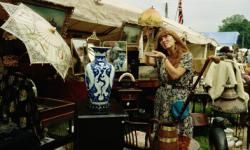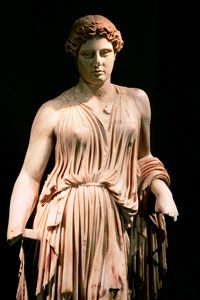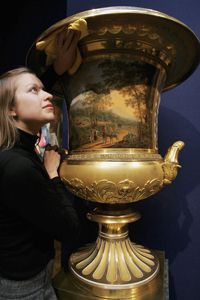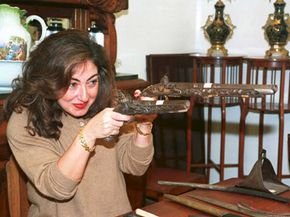Every weekend, the antique hunters come out. They prowl the aisles of shows, scrutinize the offerings at sales and occasionally even wave cards at an auction. They come in every size, color and age. Whether to help connect with the past, for perceived value or for utility and style, furniture and furnishings from times past are popular items with today's buyers. This multi-generational hobby has been growing in popularity for several decades. Coast to coast, millions of people join in the hunt for something valuable, something historic -- something antique.
Advertisement
As defined by U.S. law, an antique is anything that is 100 years old or older. Of course, not all antiques are created equal. Some collectors think that only articles made before 1830 are real antiques. These items were hand-crafted by necessity. After this date, the Industrial Age kicked in, and many items were manufactured by machines. Period antiques -- furnishings made in the style of the period -- also have high appeal for collectors but are usually beyond the reach of casual collectors. For instance, Queen Anne style remains popular today, but a chair made in the time of Queen Anne's reign (1702-1714) is rarer and more valuable (expensive) than a reproduction of the chair made in 1900. The Queen Anne reproduction chair is antique, but it's not a period piece.
So how did this passion for everything old get started? We'll answer this and other questions about antiques in this article.
Advertisement







